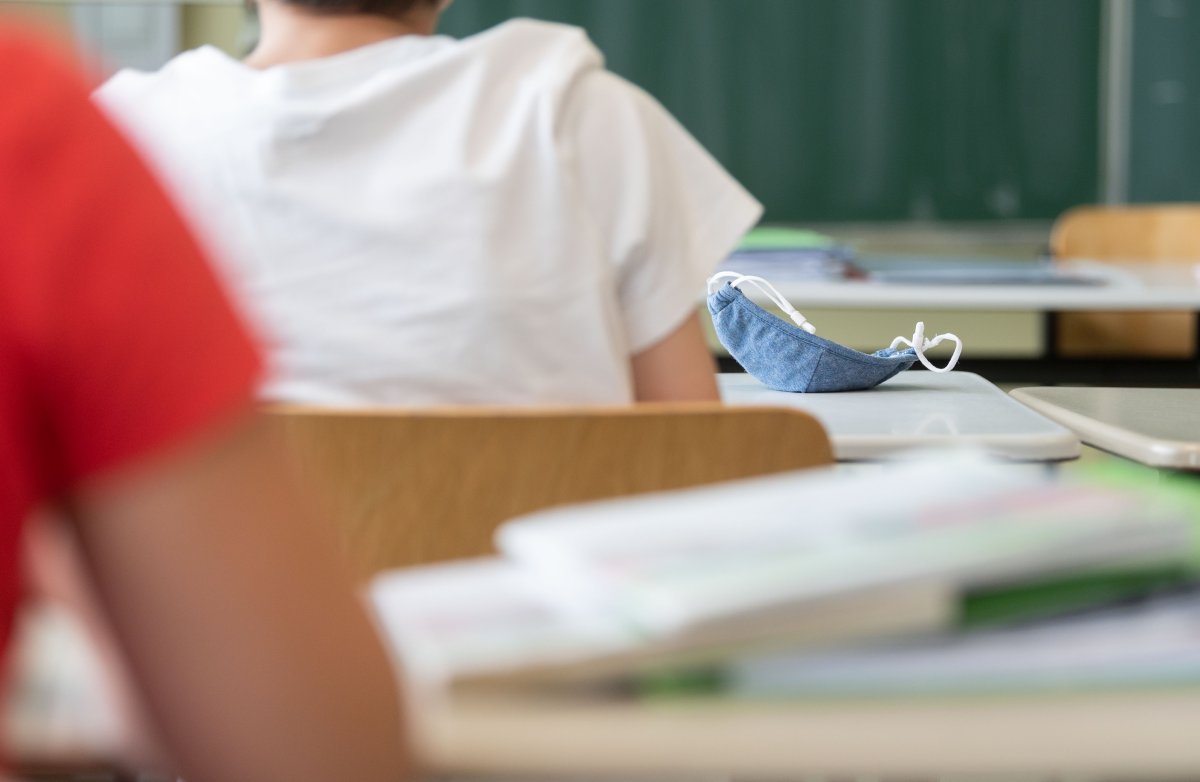Thames Valley District School Board and London District Catholic School Board are among the 24 Ontario school boards moving forward with a hybrid plan when classes resume amid the COVID-19 pandemic in September.

On Thursday, the province revealed plans for elementary and high school students come fall. Elementary students will be in classrooms five days a week while most secondary students will be in class on alternating days.
There are 48 other school boards in Ontario that are allowed to let secondary students go back to school full time because they typically have smaller enrollment sizes.
“Not surprisingly, that in the larger urban areas, such as the London area, that we would be one of the designated boards that with our secondary students is still being cautious,” Linda Staudt, director of education LDCSB said.
“It really won’t be that much different from what families are accustomed to right now when they’re out in public, the masking, the physical distancing, the directional arrows.”
Children from Kindergarten to Grade 8 will remain in the same group for the entire day, including lunch, recess, and, when possible, with the same teacher. Schools will also have staggered timing for recesses, lunches and bathroom breaks.

Get breaking National news
All children in Grades 4 to 12 will also be required to wear a mask inside.
For high school, all boards will be required to adopt a secondary timetabling method and implement designated groups of around 15 students to limit contact. The students will have a hybrid-style education spending one day in the classroom and the other day learning online.

Reaction to the plan from parents appeared to be mixed.
“They have not detailed for those of us who lively rurally how my child is supposed to livestream a class when we can’t even watch a YouTube video,” TVDSB parent Christie Thomas said.
Thomas told Global News she feels comfortable with the plan for elementary school students, but finds the one for high school students concerning. The family lives outside of London and with unreliable internet access, and she worries about the impact that will have for her oldest, who will have to do half of his Grade 9 year online.
“I am not sure how his school and teachers will ensure his needs are met as a rural student.”
LDCSB parent Rebecca Flanagan thinks sending elementary students back to school full time is the right move.
“I understand that parents are very concerned about face masks, but I also feel that it’s especially important for young children to have that social interaction with other peers their own age.”
Flanagan has a daughter starting Junior Kindergarten, and her son is going into Senior Kindergarten. She said if schools did not restart in September, it would have had a significant impact on her son, who has autism and needs social interaction.
Still, she said she is not without her concerns when it comes to children who are so young.
“Usually, teachers have about 20 to 30 students in each classroom, so being able to social distance themselves within a small classroom with such a high student population, I don’t know how teachers will be able to keep their cool.”
Flanagan is just hopping students practice proper hygiene by washing their hands and that kids who do start to feel sick are kept home.
“Nobody’s in our generation has experienced what we’re experiencing right now … the best things that we can do for our children are being supportive, encouraging appropriate hygiene and just wearing a face mask whenever it’s needed.”
–With Files from Gabby Rodrigues













Comments